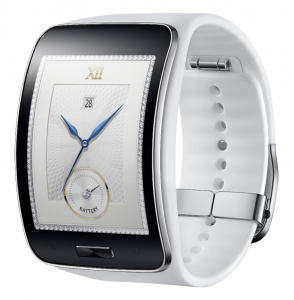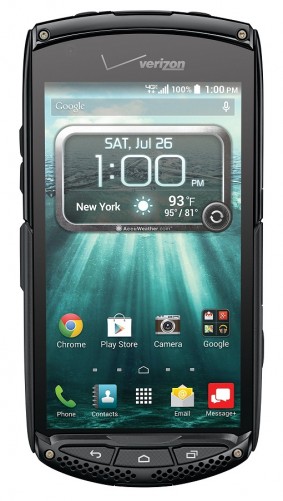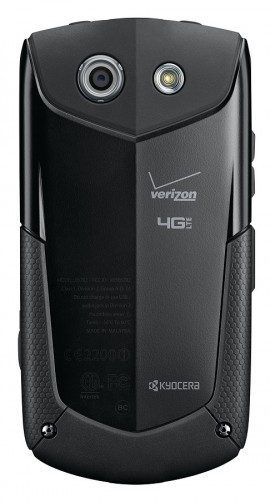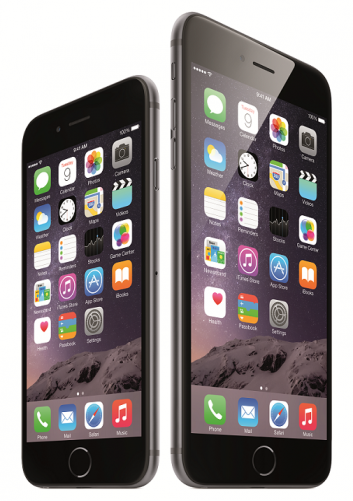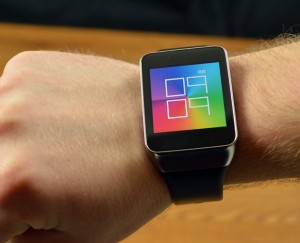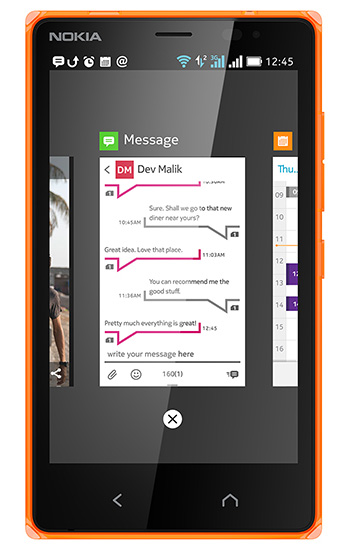Trendy mobile games are easy to find these days, but with the top charts of most app stores being little more than a popularity contest, “trendy” doesn’t always equal worthwhile. So where do you start if you want to find some quality playtime off the beaten path? Well, with the holiday season in full swing, we’ve compiled six of our favorite mobile gems, some old, some new, that weren’t heavily publicized but will keep you engaged during your travels.
Auralux, by War Drum Studios (Free)

Auralux
Auralux is either the simplest strategy game you’ve ever encountered, or the most complex. It strips away everything you knew about traditional real-time strategy games – managing resources, units, terrain — and replaces them with pure tactics — and tiny little motes of light.
These motes, pumped out at a steady rate by the “suns” you control, serve as both units and resources; they can be used to destroy enemy motes, capture enemy suns, and defend your own. Your enemies (two or three of them, depending on the scenario) are equally equipped, meaning that winning takes true tactical skill, and a little bit of luck.
Admittedly, Auralux’s AI isn’t brilliant, but that can work against you as much as for you: Its suicidal attacks might leave them open to a mutual enemy while crippling your defenses at the same time. It all can turn your battle into a languid slow burn, while you build up your strength and choose where and when to move to take full advantage of your enemies fighting each other.
But even for a skilled strategy gamer, there’s never one tactic that guarantees a win, giving Auralux tremendous replay value. Combine that with a pleasingly subtle yet upbeat soundtrack, and the strangely melodic tones made when motes eliminate each other, and you have a game that’s as pleasing to behold as it is to play.
Auralux comes with a fair number of scenarios to start, and more can be bought for a very reasonable sum. So does the game’s “speed mode,” which streamlines most encounters from 12-20 minutes down to five or less.
Google Play
App Store
Waking Mars, by Tiger Style ($4.99)

Waking Mars
A combination of platform action game and puzzler, Waking Mars boasts impressively high production values even by today’s growing mobile standards. With beautiful art, an immersive storyline, and full voice acting for its varied cast of characters, it’s an engrossing experience in almost every way.
Playing as an astronaut exploring subsurface caves on Mars, you accidentally discover life, along with an increasingly complex ecosystem. From there, you need to help encourage floral growth in order to advance to the next section — even when some of the flora is somewhat less than thrilled to see you. —Add in some bonus replay value in the form of three possible endings and you’ve got yourself a compelling genre hybrid that should appeal to both puzzle fans and those who’d like a little action.
Google Play
App Store
Atomic Bomber, by Luke Allen (Free/$0.99)

Atomic Bomber
The equivalent of a classic arcade game translated to your smartphone, Atomic Bomber brings crude looks but an absorbing challenge. You take control of a NATO attack pilot in an imaginary 1970s war with the Soviet Union. Equipped with an unlimited supply of dumb bombs and a limited number of nukes, you need to destroy your targets while dodging anti-aircraft fire, missiles, and enemy planes. The graphics are rudimentary at best, but that only adds to the arcade style feel, along with its primitive sound effects.
The free version is fully playable, but the $1 “full” version removes ad support and throws in several worthwhile features, like allowing you to keep all your power-ups after being shot down, as well as an alternate game mode in which you fly a different aircraft.
The only negative is that this can all get wearisome if it’s not taken in small doses; each level is made up of the same basic units, just more of them, faster, and with greater firepower. Still, its simple challenge and eminent playability make Atomic Bomber a great casual time waster.
Google Play
App Store
Virtual Pool Mobile, by Celeris ($1.99/2.99)
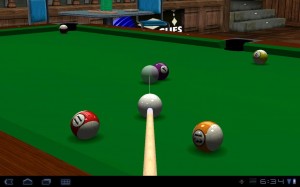
Virtual Pool Mobile
The marketing for the original PC version of Virtual Pool boasted that you would get your money back if its eerily accurate physics couldn’t improve your real billiards game. Almost 20 years and half a dozen incarnations later, the mobile version is still making the same promise, which should tell you a lot about how few complaints they’ve had.
Virtual Pool Mobile offers six different pool variants and both bar and championship size tables — but most importantly, it offers 128 different levels of opponent skill, ranging from the best of the best to complete novices, letting you evolve your talents at your own pace. It tops all this off with beautifully lush looks, with detailed, intimate environments, dynamic lighting, and support for full 1080P screens. (The high resolution version for Apple devices costs a dollar more, however.)
There’s no more definitive or accurate pool game on the market, so whether you ’re a pool enthusiast or someone who just wants to mess around, Virtual Pool will work for you.
Google Play
App Store
SimpleRockets, by Jundroo ($0.99/1.99)
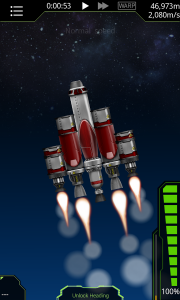
SimpleRockets
An unabashed mobile take-off on the popular PC game Kerbal Space Program, SimpleRockets tasks you with taking various components and assembling them together into a working rocket ship. Then, using realistic physics (albeit limited to two dimensions to keep things simple), you can try to make it back to your home planet — or crash and burn if you didn’t do things right. Its setup is the ultimate form of feast-or-famine: Build a good enough rocket and you can visit the rest of the solar system, land on the moon, and deploy rovers across the universe. Miscalculate, and you can either get blown up or stuck in space forever.
Open-ended through and through, SimpleRockets has little structure, but —plenty of challenges to meet. If you ever wanted to have your own private space program, SimpleRockets provides the perfect chance. It’s a wonderful balance of depth and approachability.
Google Play
App Store
Windows Phone Store
Aralon: Sword and Shadow, by Crescent Moon Games ($4.99)

Aralon: Sword and Shadow
Aralon: Sword and Shadow could be mistaken at first glance as another one of shiny but ultimately derivative action-RPGs that have flooded the mobile games market. But the pretty 3D environment in its recently-released HD update only improves upon a game that was originally built on depth and proven, old-school western RPG goodness rather than hollow flashiness and sword swinging.
Although its combat can become repetitive by the end of its roughly 30 hours of quests, Aralon saves itself by basking in things more combat-oriented mobile RPGs don’t: item crafting, guilds, character reputation, and dozens of other classic hallmarks of the beloved genre. It’s much more Elder Scrolls than Mass Effect. And if you really want a break from dungeon crawling, Aralon’s big 3D world is a pleasure to exist in, giving you a palpable sense of freedom by letting you go off and build a campfire, go fishing, or even pickpocket local townsfolk, if that’s more your speed.
Google Play
App Store



